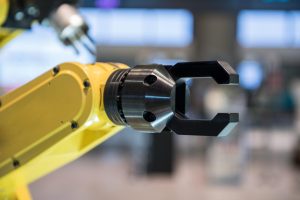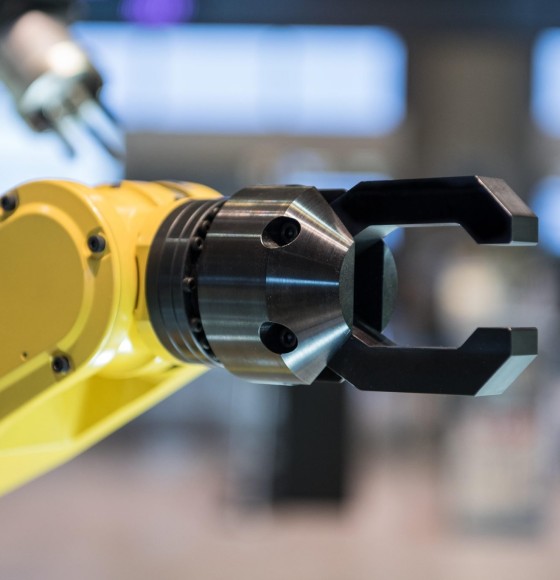 Illinois Researchers Use AI to Teach Robots Teamwork
Illinois Researchers Use AI to Teach Robots Teamwork
The study attempts to tackle the problem of decentralized collaboration
Illinois researchers use AI to teach robots teamwork
The research tries to solve the problem of decentralized cooperation
A group of researchers at the University of Illinois Urbana-Champaign used artificial intelligence to “train” groups of robots, or drones, to work together without the benefit of communicating with each other.
This kind of decentralized AI teamwork is difficult to achieve because individual agents are not clear on what they need to do to help the group achieve a larger goal. Researchers are working to “decouple” the effect of an individual on a group task to ensure coordination in training decentralized agents using multi-agent reinforcement learning (MARL), a type of machine learning.
“With team goals, it’s hard to know who contributed to the victory,” said Huy Tran, an aerospace engineer at the university and one of the researchers. “We have developed a machine learning technique that allows us to determine whether an individual agent is contributing to a global goal. If you look at it in terms of games, a player can score, but we also want to know about other teammates’ actions leading up to the goal, such as assists. These delayed effects are difficult to understand. ”
The science can be applied to many real-life situations, including military surveillance, robots working together in a warehouse, traffic signal control, autonomous vehicles, or power grid control, the team said. Most existing applications use a centralized structure to manage agents, an approach that has difficulty deploying in large, unpredictable environments with limited communication.
“It’s easier when agents can talk to each other,” Tran said. “But we want to do it decentralized, that means they don’t talk to each other. We also focus on situations where it is not clear what the different roles or jobs of the agents are.
In particular, engineers use MARL to teach agents how to play simulated games such as capture the flag and Starcraft, a popular computer game. The algorithms include a utility function that tells the agent when it is doing something useful or good for the team and a function that indicates when the agent is doing something that does not contribute to the goal.








 Illinois Researchers Use AI to Teach Robots Teamwork
Illinois Researchers Use AI to Teach Robots Teamwork








